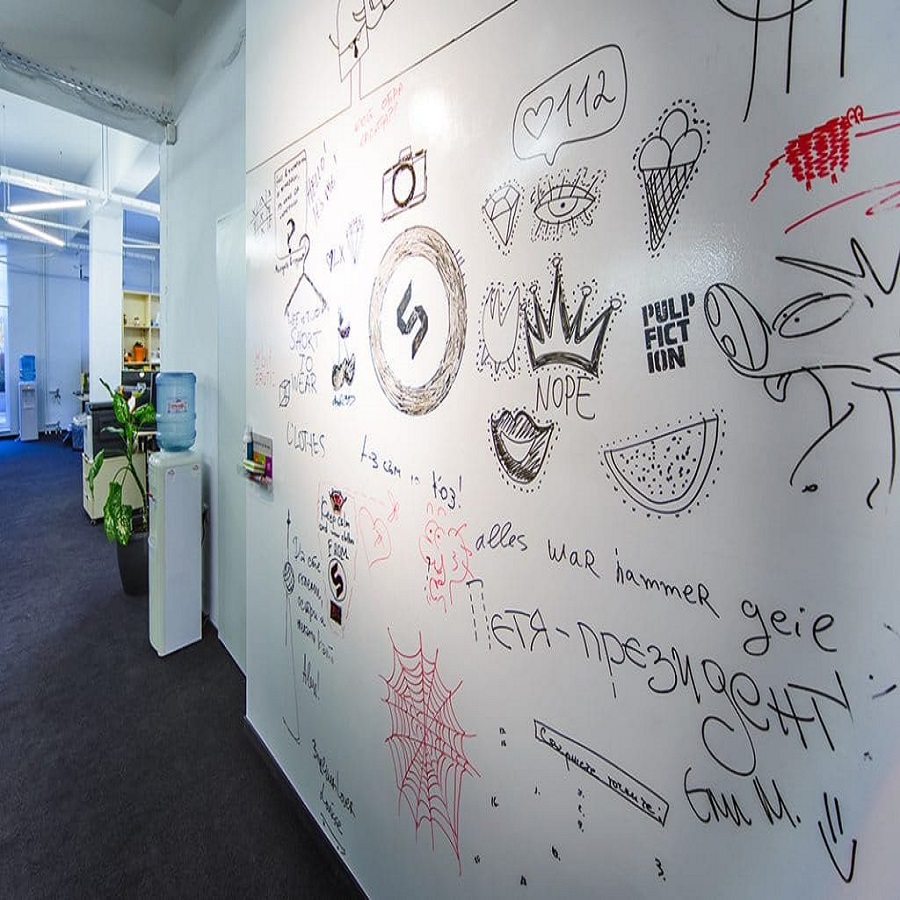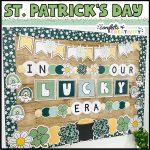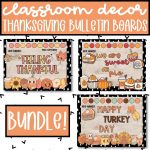Whiteboard drawings have become an essential tool in meetings, classrooms, and presentations, offering a dynamic and engaging way to convey ideas. Whether you’re brainstorming, explaining a complex concept, or simply trying to make a point more memorable, creative whiteboard drawings can transform the way you communicate. In this article, we’ll explore various creative whiteboard drawing ideas that can inspire your next meeting or presentation. These ideas can be used to enhance understanding, keep your audience engaged, and make your sessions more interactive and productive.
1. The Power of Visual Storytelling: Engaging Your Audience with Narratives
Why Visual Storytelling Works
Humans are naturally drawn to stories. It’s a basic aspect of how we process and retain information. Visual storytelling combines the power of narrative with images, which makes it particularly effective in capturing attention and boosting comprehension. A well-crafted story told through drawings can leave a lasting impact on your audience.
How to Integrate Storytelling into Whiteboard Drawings
When incorporating storytelling into your whiteboard presentations, consider breaking down your story into distinct parts: the introduction, conflict, and resolution. For example, in a business meeting discussing a new product, you could sketch a journey map where the customer faces a challenge (conflict) that your product or service solves (resolution). Illustrating this problem-solution arc using simple drawings, like characters, arrows, and icons, helps your audience visualize the journey and better understand the impact of your product.
To enhance this further, you could use symbols, metaphors, or even caricatures of your audience or customers to make the narrative feel more relatable. The key is to keep the drawings simple and clear—too much detail could overwhelm the viewer and detract from the message.
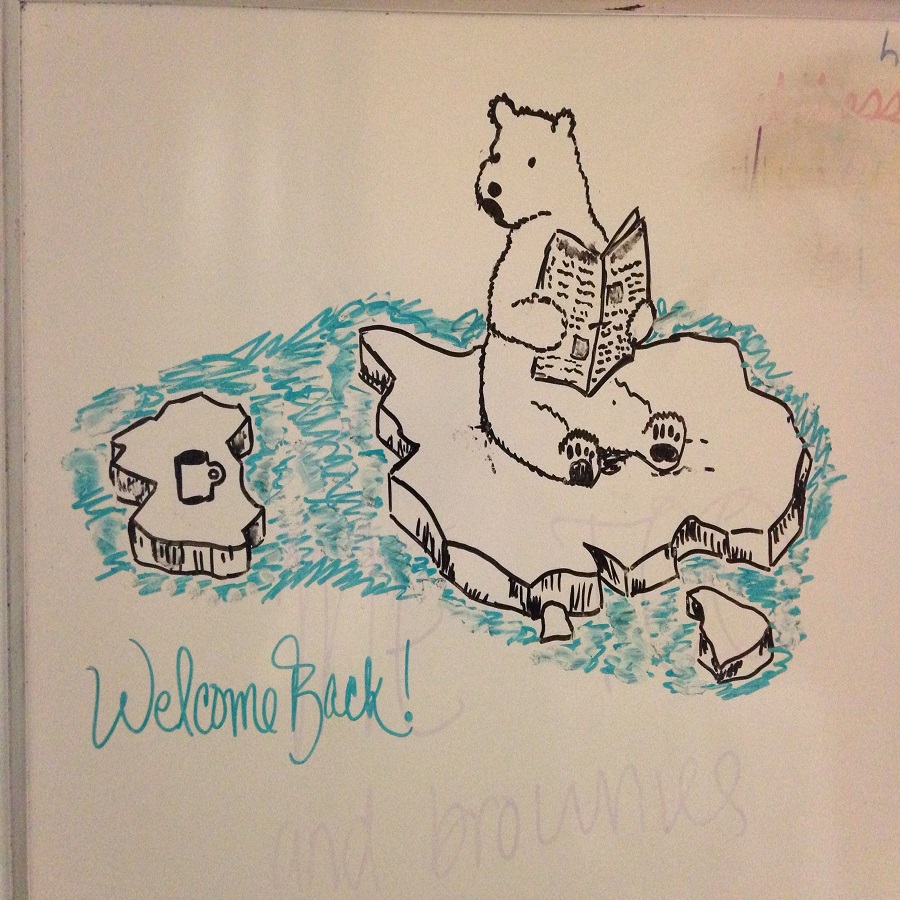
2. Brainstorming with Diagrams and Mind Maps
Organizing Ideas with Mind Maps
One of the most effective ways to facilitate brainstorming sessions is through mind mapping. Mind maps are visual diagrams that start with a central idea in the middle and branch out into related subtopics. This structure helps organize thoughts in a way that’s easy to understand and follow.
How to Create a Mind Map on a Whiteboard
When creating a mind map on a whiteboard, start by drawing a large circle in the center and writing the main topic inside it. From there, draw lines that branch out from the center and connect to smaller circles with related concepts or subtopics. Use color coding to differentiate between different branches, making it easier for everyone to follow the connections between ideas. This approach is particularly useful during brainstorming sessions where the goal is to generate a wide variety of ideas quickly and visually organize them for further exploration.
To make the mind map more engaging, you can add small icons or images that represent the ideas being discussed. For instance, if one of the ideas involves teamwork, you might draw a small team of people icons. The visual element keeps the audience engaged while reinforcing the central message.
3. Using Flowcharts to Simplify Complex Processes
The Power of Flowcharts in Presentations
Flowcharts are perfect for illustrating processes or sequences of events in a clear, easy-to-follow way. When you need to explain complex workflows or decision-making processes during a presentation, a flowchart allows you to break things down step-by-step, making them easier for your audience to grasp.
How to Create a Flowchart on a Whiteboard
Begin by drawing a large rectangle at the top of your whiteboard with the first step or decision in the process. From there, use arrows to connect the next steps, making sure each box or circle represents a single action or decision. You can include yes/no or if/then paths in decision boxes, guiding the audience through various possible outcomes. This is especially useful in meetings where the goal is to make a decision or move forward with a strategy. Keep the flowchart simple and use bold colors or different shapes to highlight key elements of the process.
To take it a step further, you can use colored sticky notes or symbols to represent different stages of the process. This not only makes the flowchart more visually appealing but also enables the audience to better understand each stage at a glance.
4. Drawing Graphs and Charts for Data Visualization
Making Data Easier to Digest with Visual Representations
Data-heavy presentations can often overwhelm an audience, especially if the information is presented in large tables or as a series of numbers. Whiteboard drawings offer an opportunity to visualize this data in a way that’s both engaging and digestible. Whether you’re presenting financial information, survey results, or project timelines, graphs and charts can make your data easier to understand.
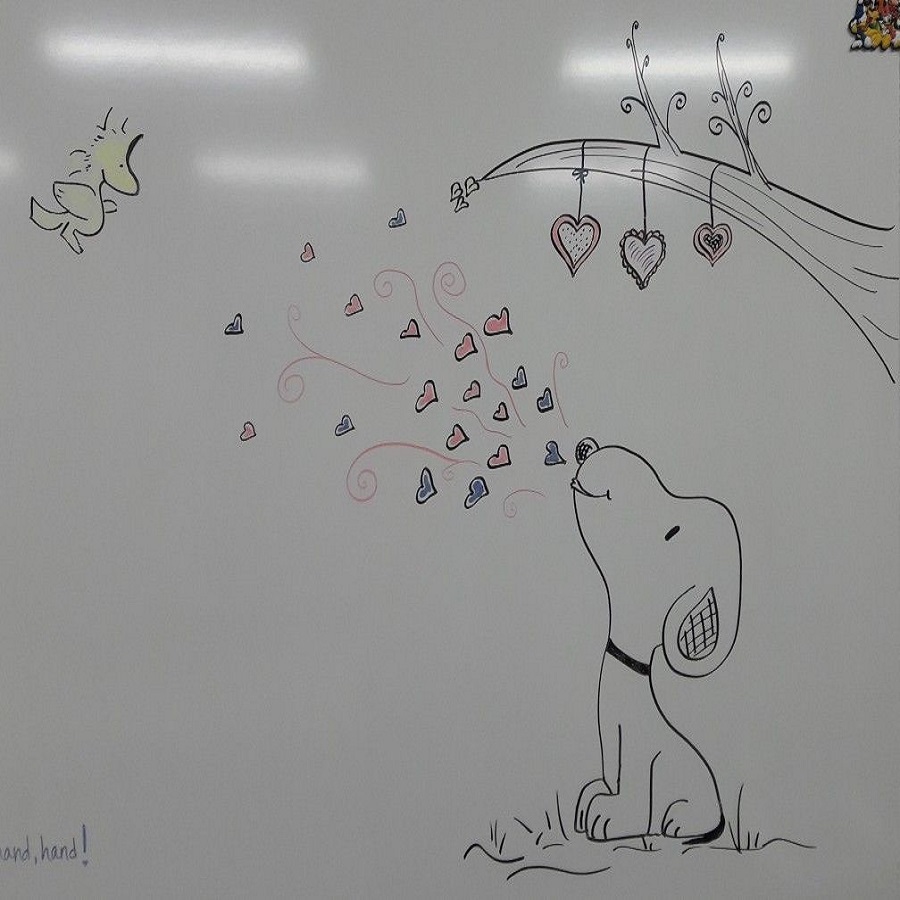
Types of Graphs to Use on a Whiteboard
When using a whiteboard for data visualization, you have several options. Bar graphs, pie charts, and line graphs are some of the most common ways to present data. Each type of graph serves a specific purpose: bar graphs are great for comparing quantities, pie charts illustrate proportions, and line graphs track changes over time.
To make these visualizations more engaging, consider adding colors, labels, and even simple icons to help your audience connect the dots. For example, if you’re presenting sales data for a product, you could use a line graph to show the growth over time, using different colors to represent various product categories.
5. Creating Visual Comparisons with Side-by-Side Illustrations
Comparing Concepts Using Side-by-Side Images
Sometimes, a simple visual comparison can help highlight key differences or similarities between two ideas, products, or strategies. This method of drawing involves creating two side-by-side illustrations that demonstrate the contrasts in a clear and engaging way.
How to Draw Visual Comparisons
For instance, if you’re comparing two different marketing strategies, draw one on the left side of the whiteboard and the other on the right. Use icons or symbols to represent each strategy’s features, benefits, and drawbacks. Draw arrows pointing to each advantage or disadvantage, and include simple annotations to clarify the comparison.
This technique is particularly useful when you’re evaluating options or trying to choose between alternatives. The side-by-side format helps highlight key differences in a way that’s easy for your audience to follow. You can also use color-coding or shading to draw attention to the most important aspects of each option.
6. Enhancing Engagement with Interactive Whiteboard Drawings
Encouraging Audience Participation
Whiteboard drawings don’t have to be a passive experience for your audience. In fact, making your whiteboard drawings interactive can significantly boost engagement. Ask your audience to contribute to the drawing, add ideas, or fill in missing pieces. This encourages participation and keeps everyone involved.
How to Make Whiteboard Drawings Interactive
You can start by drawing a simple diagram or concept on the whiteboard and ask your audience to help expand it. For example, if you’re discussing customer personas, invite team members to add traits or characteristics to a pre-drawn outline of a customer. Alternatively, during a brainstorming session, you can use a mind map where others can contribute ideas in real-time, creating a collaborative and dynamic environment.
You can also encourage your audience to participate by asking them to draw or write directly on the whiteboard. This fosters a sense of ownership over the ideas and can lead to more innovative solutions.
7. Sketching Quick Doodles to Break the Ice
Using Doodles to Lighten the Mood
Whiteboard drawings don’t always have to be complex or formal. In some cases, a quick doodle can be the perfect way to break the ice and engage a group. Doodles or simple sketches can lighten the mood and provide a more relaxed atmosphere, especially in creative brainstorming sessions.
How to Use Doodles Effectively in a Meeting
For example, if you’re starting a meeting, begin with a quick sketch of a fun icon or symbol that relates to the theme of the meeting. This could be as simple as a lightbulb to symbolize new ideas or a group of people to represent teamwork. These light-hearted drawings create a positive, welcoming environment and help to ease any tension before diving into more serious discussions.
Moreover, using humorous or whimsical drawings can help your audience stay attentive and avoid getting bored, especially in long meetings or presentations.

Conclusion: Bringing Your Presentations to Life
Creative whiteboard drawing ideas are a powerful tool for enhancing presentations, making meetings more engaging, and improving communication. Whether you’re telling a story, brainstorming with your team, or explaining complex data, the right drawing technique can transform the way your audience understands and interacts with the information. By incorporating visual elements into your whiteboard sessions, you not only keep your audience engaged but also create a memorable and impactful experience that will resonate long after the meeting ends.
So the next time you step in front of a whiteboard, remember that creativity is your best ally. Whether you’re illustrating a process, comparing concepts, or simply doodling for fun, these techniques can help you connect with your audience in a whole new way.
